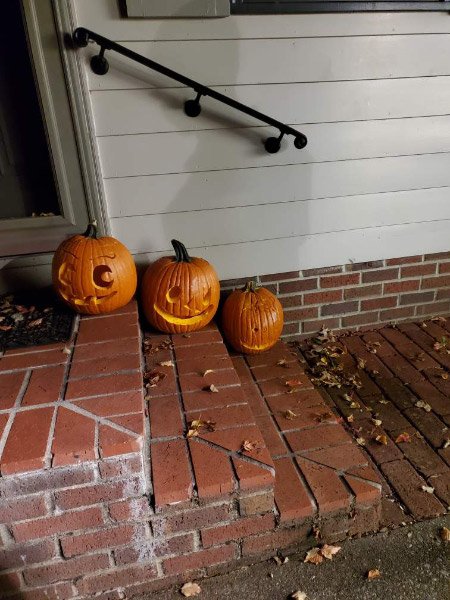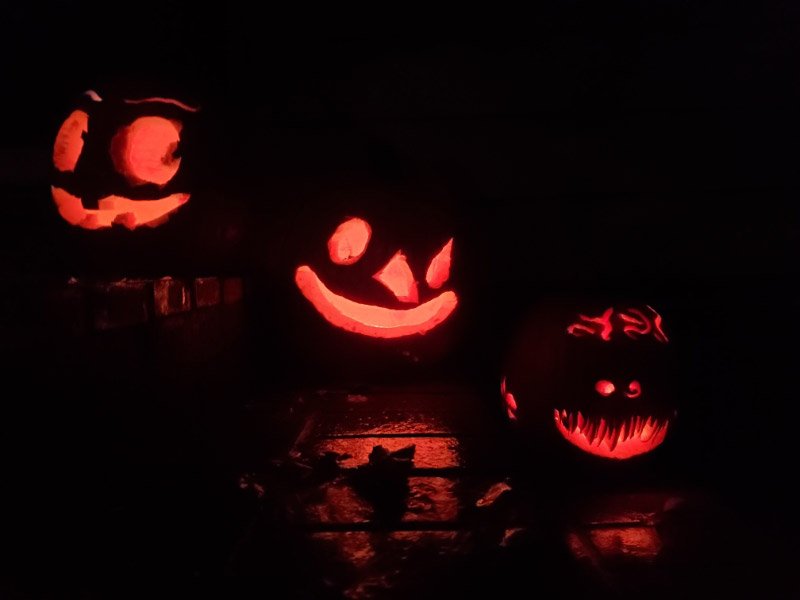Gleanings of the Week Ending March 4, 2023
/The items below were ‘the cream’ of the articles and websites I found this past week. Click on the light green text to look at the article.
Can clothes ever be fully recycled? – Evidently a lot of progress has been made in the past few years – translating processes from small to large scale production. But recycling is not the only thing that needs to change about the fashion industry. ‘Fast fashion’ is cannot the future!
A simple thing you can do to benefit backyard birds and bees – Wait until it is 50 degrees to do spring cleaning around your yard. Those leaves and dead stalks harbor insects….and birds need insects, particularly when they are raising their young! I have a big tuft of ornamental grass which I am waiting to cut. Last summer it was full of insects and I except some eggs/larvae are there now.
An incredible journey – Chinook making their way up the Klamath River in the spring and fall. (infographic)
Nearly 30 dangerous feedback loops could permanently shift the Earth’s climate - A change….triggering more change…a cycle. Our planet is full of complex connections that are often not well understood.
As Millions of Solar Panels Age Out, Recyclers Look to Cash In – Hopefully solar panels, and a lot of other end-of- life products, can become part of the ‘circular economy’ rather than going to landfills.
See Thousands of Sandhill Cranes Gather in Nebraska – Maybe next year we’ll plan to go to Nebraska to see the crane migration!
The beautiful flowers that bees can’t use – Nectar deficient hybrids (like double petal petunias) or non-native plants often don’t provide food for pollinators…even though people find bigger, brighter flowers appealing. The article also provides a link to a free book: Pollinator-Friendly Parks which might be useful for homeowners who want to support pollinators.
Anti-dust tech paves way for self-cleaning surfaces – Wouldn’t this be nice…my computer screens seem to attract dust!
'The Great Displacement' looks at communities forever altered by climate change – A book review that documents people surviving a hurricane in the Florida Keys or a big fire in California (and other climate change related disasters) and making decisions in the aftermath. A quote from the author, Jack Bittle: "In the United States alone, at least twenty million people may move as a result of climate change, more than twice as many as moved during the entire span of the Great Migration."
A Long Low Tide Dries Up Venice’s Smaller Canals – Wow…we usually think of Venice being more prone to flooding.

























